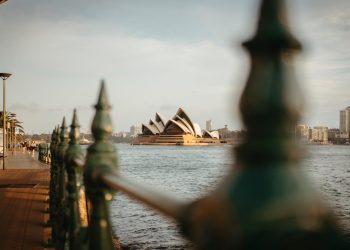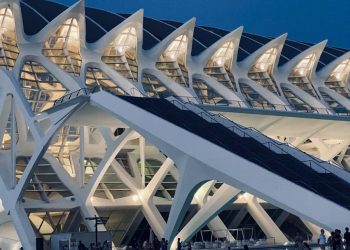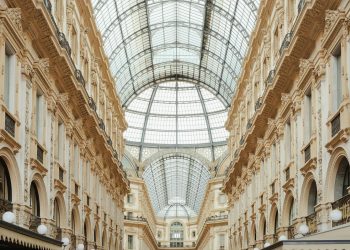In a world that often feels dominated by speed, change, and digital noise, there exists a quieter undercurrent—one that moves to the rhythm of drumbeats, chants, offerings, and silence. These are the ancient rituals still practiced today. Though thousands of years may separate us from the origins of these rites, they continue to thrive in sacred temples, forest clearings, family homes, and city streets. They endure not because they are outdated, but because they remain deeply relevant—rooted in human experience, emotion, and connection.
Ancient rituals are not mere relics of history. They are living practices that serve to remind us who we are, where we come from, and what it means to be human. Whether it’s a fire ceremony in the Andes, a purification rite in Japan, or the lighting of oil lamps during Diwali, these practices persist because they meet timeless needs: healing, celebration, grief, gratitude, and transformation.
Ritual as a Human Constant
From the earliest days of human civilization, ritual has played a central role in shaping culture and meaning. Before the rise of formal religion, before written language, humans gathered around fire and sky to mark solstices, honor ancestors, and celebrate harvests. Rituals gave structure to life and helped societies navigate the unknown. They were—and still are—a way to deal with the things we cannot fully control: birth, death, sickness, love, weather, and war.
The continuity of these rituals suggests that their purpose is far deeper than tradition alone. While the details of specific ceremonies have changed over time, the underlying emotions they evoke—reverence, awe, humility—have remained constant.
Still Sacred: Examples of Ancient Rituals in Practice Today
1. Hindu Fire Ceremonies (Yajna and Havan)
Fire rituals are among the oldest in the world. In Vedic Hinduism, the Yajna is a sacred offering to the gods through fire, considered the purifier and messenger between worlds. Even today, in modern Indian households and temples, havan ceremonies are performed during weddings, house blessings, and spiritual festivals. Offerings such as clarified butter, grains, and herbs are cast into the flames with mantras, symbolizing the sacrifice of ego and the renewal of harmony.
The sight of flames flickering to ancient chants is more than a beautiful tradition—it is a direct link to a spiritual lineage that spans millennia.
2. Shinto Purification (Misogi)
In Japan, the indigenous religion of Shinto includes a purification ritual known as misogi. This practice involves washing the body—often under waterfalls or in rivers—as a symbolic act of cleansing the spirit. Believers do not consider themselves inherently sinful but see purification as a way to restore balance and harmony with nature.
In a country that blends ultramodern life with deep respect for nature and ancestry, misogi remains a powerful spiritual tool. It speaks to a universal human yearning to be renewed and re-centered, especially in a world full of distraction.
3. The Vision Quest
Among many Native American tribes, the Vision Quest is a rite of passage for young people transitioning into adulthood. Participants retreat alone into nature—often without food or shelter—for days, seeking spiritual insight through dreams, solitude, and communion with the natural world.
Though less common in modern settings, many tribal communities still practice this ritual, sometimes in adapted forms. For participants, the experience is transformative. It teaches humility, courage, and respect for the interconnectedness of all life. As society searches for deeper meaning in an age of overstimulation, these kinds of inward journeys continue to offer profound healing and clarity.
4. Egyptian Funerary Practices
While ancient Egyptians are known for their elaborate burial practices, including mummification and tomb offerings, echoes of those customs still exist. Modern Coptic Christians in Egypt, for example, maintain mourning periods that reflect deep ancestral ties to respect for the dead. Rituals such as food offerings at gravesites and annual commemorations continue to honor the passage between life and death.
In this way, the ancient belief in an afterlife and the importance of preparing for it still shapes spiritual and cultural life today.
5. Chinese Ancestral Veneration
In many Chinese households, especially during festivals like Qingming or the Lunar New Year, families perform ancestral rites that date back thousands of years. Offerings of food, incense, and prayer are made at altars to honor past generations. These acts are not about worship but about remembrance—an acknowledgment that the living and the dead remain connected.
This ritual continuity has survived wars, political upheavals, and globalization. In every offering burned and every name spoken aloud, the ancient lives on.
Why Ancient Rituals Endure
So why do these rituals persist in a world driven by science and logic? The answer lies not in contradiction, but in complement. Ancient rituals provide something that science, for all its brilliance, cannot: symbolic meaning, emotional release, and spiritual grounding.
Ritual helps us process experiences that are too large for words. Death, for example, is both universal and unknowable. Ritual offers a container for grief and a script for expressing what we feel but cannot articulate. Likewise, rites of initiation help us mark transitions—into adulthood, into marriage, into parenthood, into elderhood—in ways that modern culture often neglects.
Moreover, ritual connects us. In a society where loneliness is epidemic, communal rituals offer belonging. They remind us that we are part of something larger: a family, a lineage, a tradition, a universe.
The Modern Mind Meets the Ancient Soul
It would be easy to dismiss ancient rituals as outdated in the age of artificial intelligence and virtual reality. But perhaps these very developments make the need for ritual even more urgent. As we move faster and connect more virtually, we risk losing the tactile, the symbolic, the sacred.
Ancient rituals offer a counterbalance. They pull us back into our bodies, into the present moment, into the shared space of community. Lighting a candle, kneeling in prayer, or circling around fire—these acts do not solve life’s mysteries, but they dignify them.
Evolving Without Erasing
It is important to acknowledge that some rituals may need re-evaluation. Practices that harm others, exclude groups, or reinforce inequality should be critically examined. Tradition should not be immune to growth. Yet evolution does not require erasure. Many communities are finding ways to adapt ancient rituals to modern values—emphasizing inclusivity, environmental sustainability, and interfaith openness while keeping the essence intact.
In this way, ancient rituals can continue not as museum pieces, but as dynamic, relevant expressions of a culture that learns as it grows.











